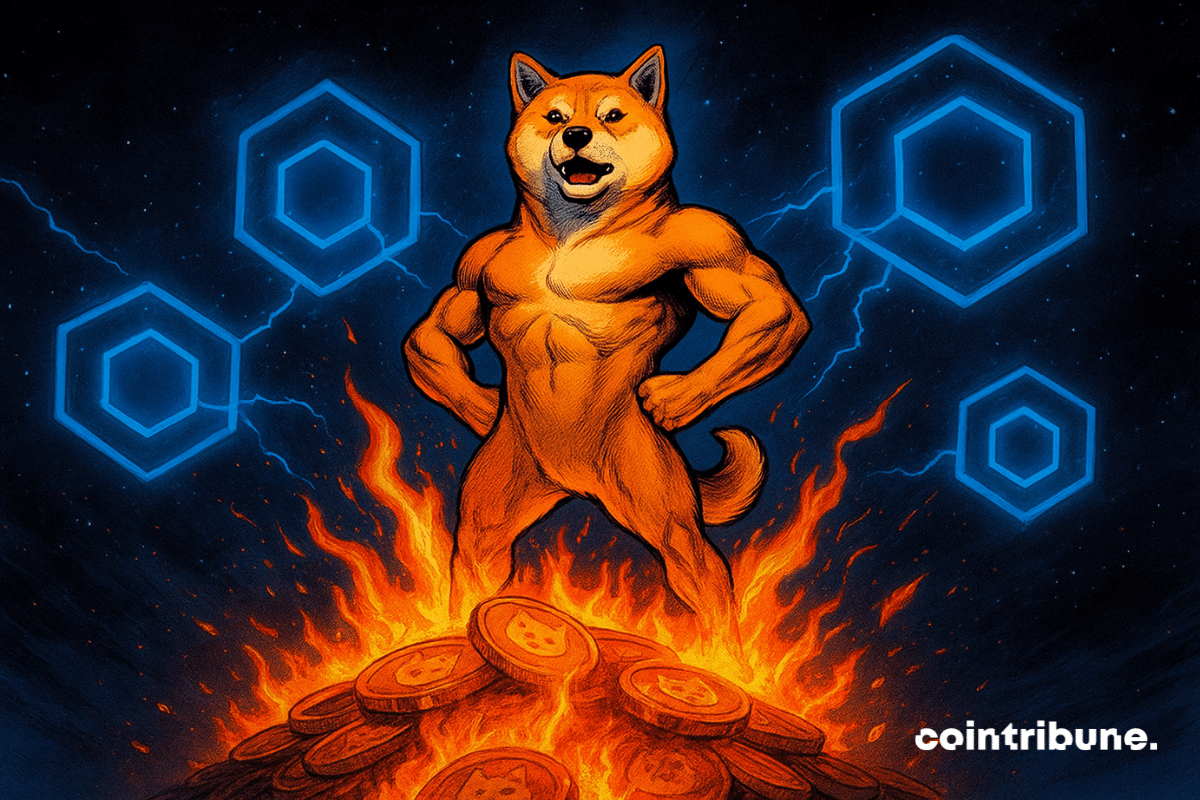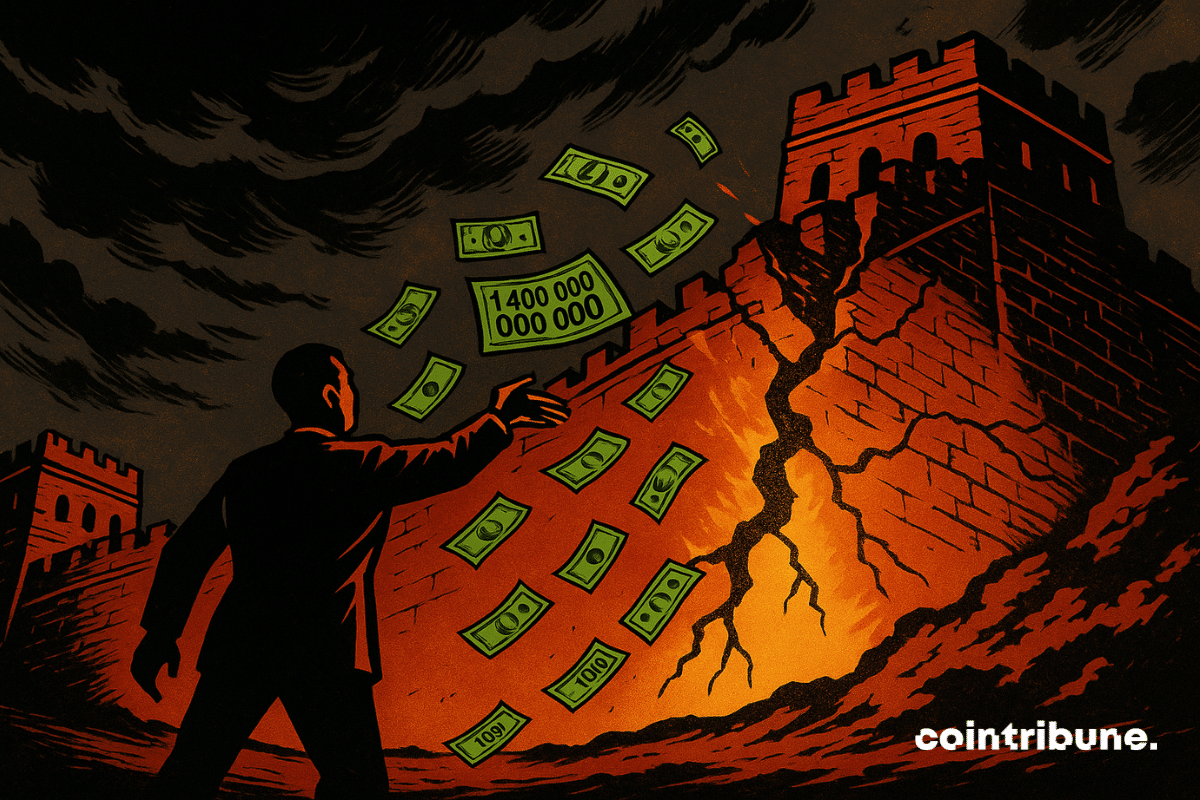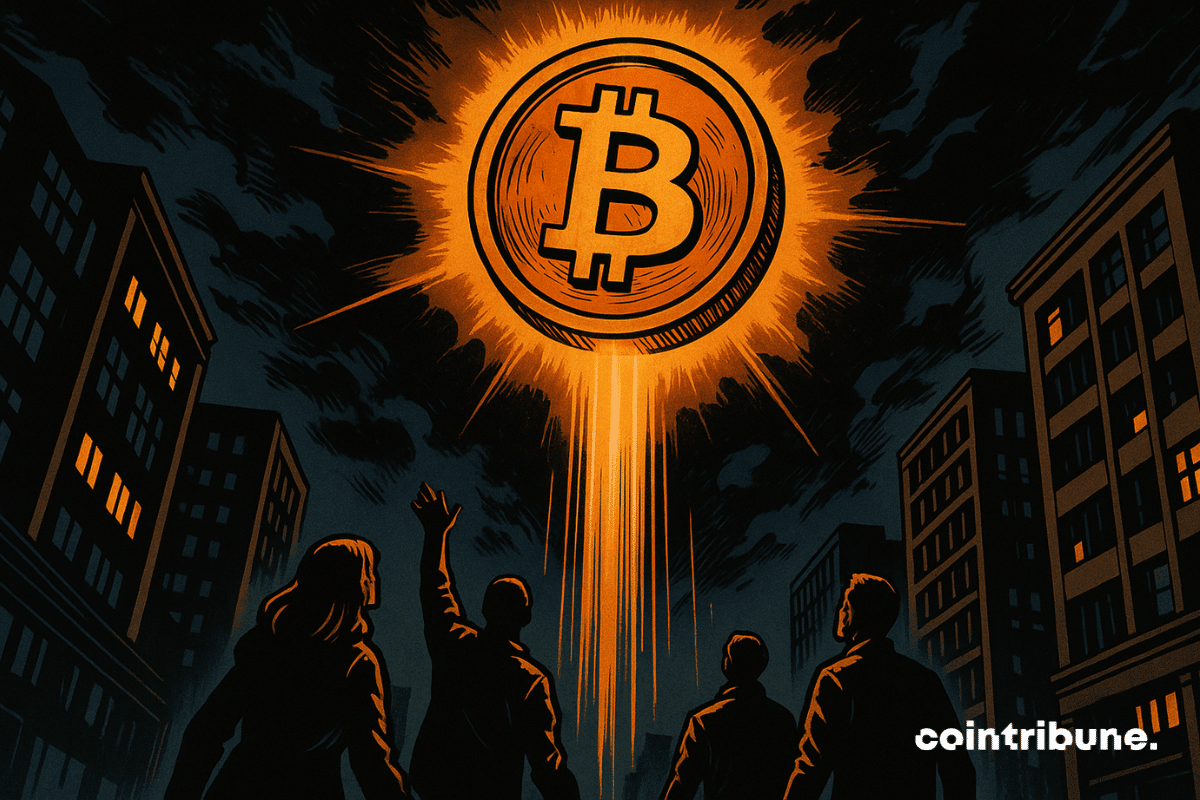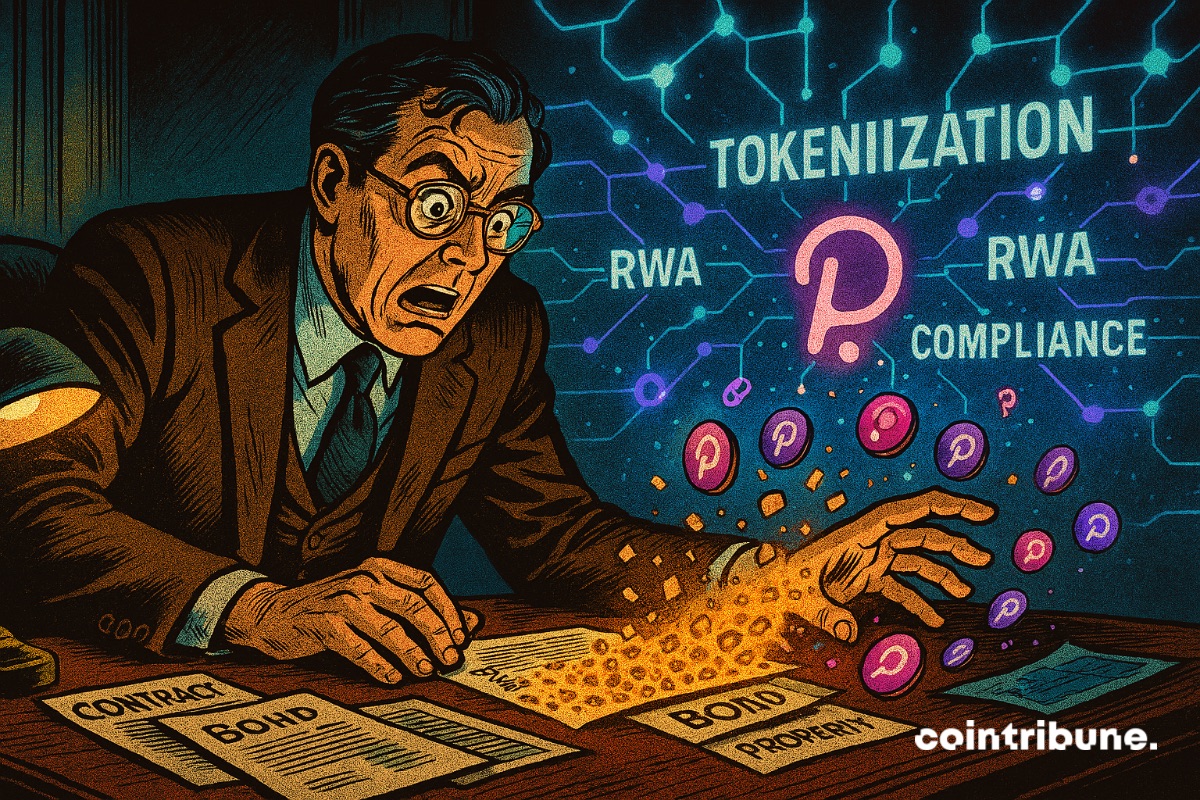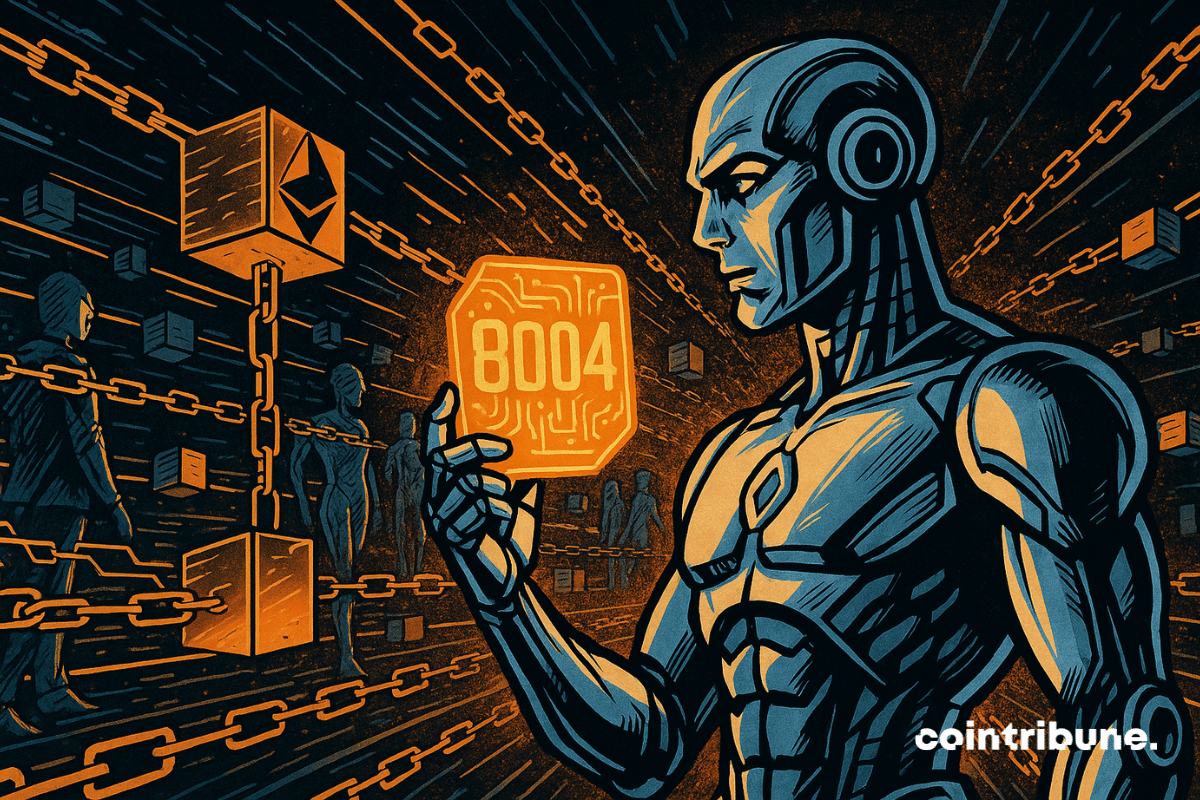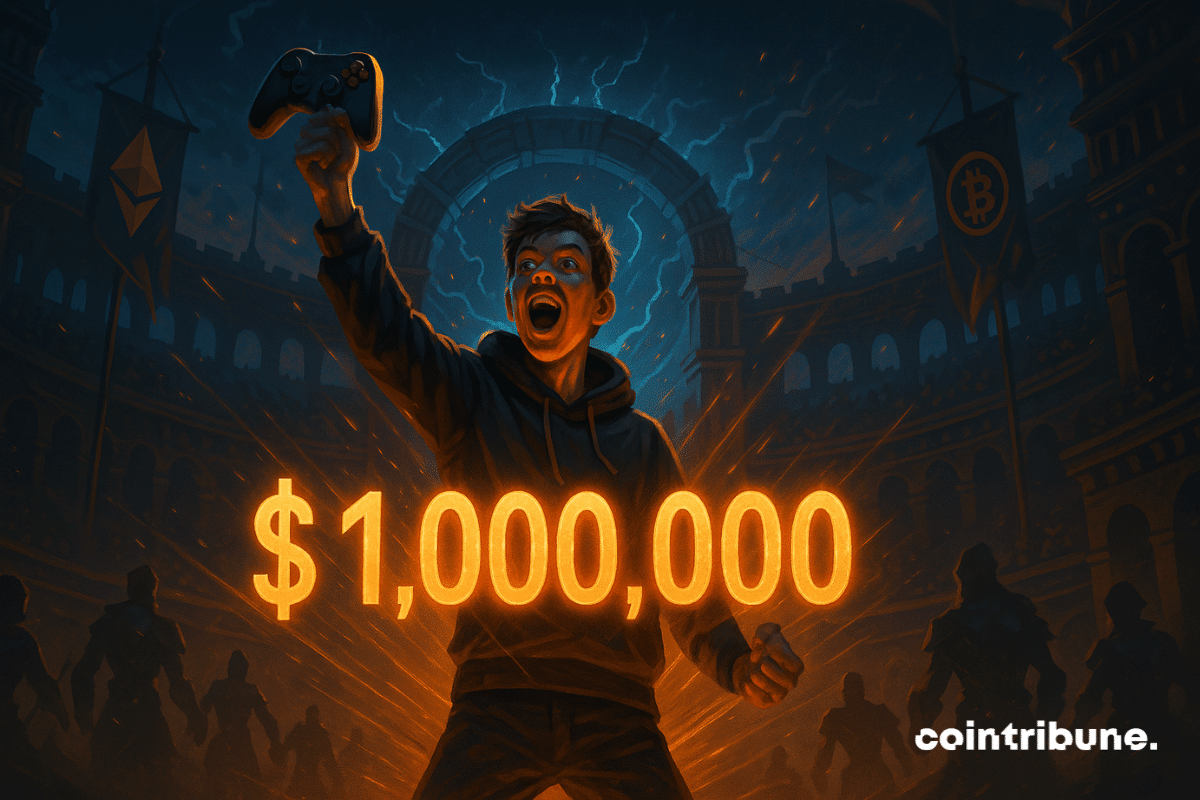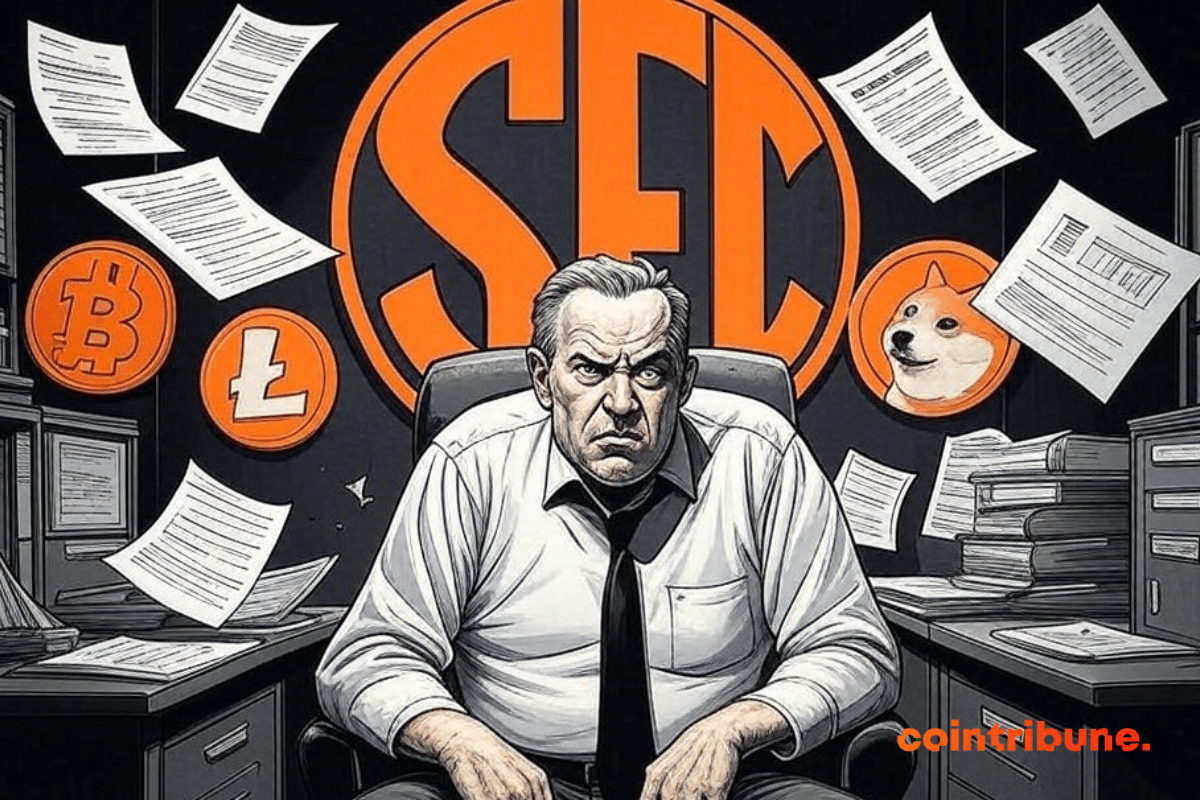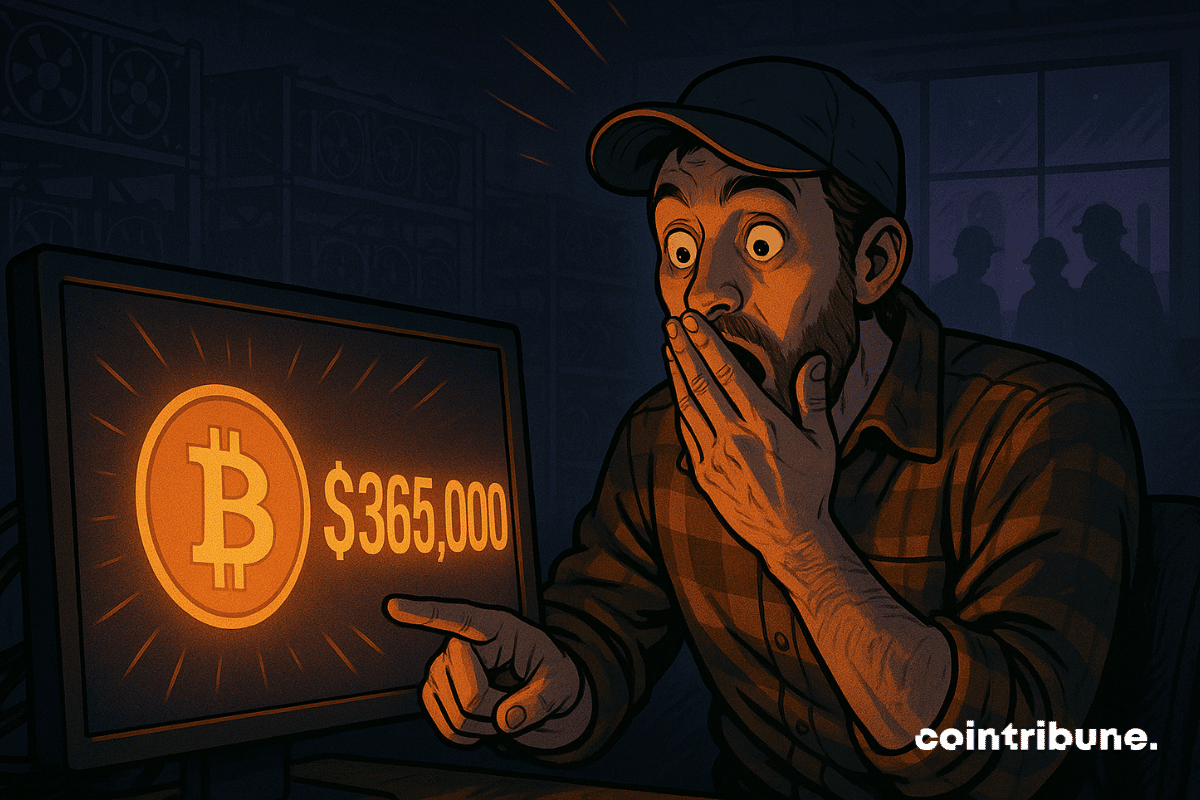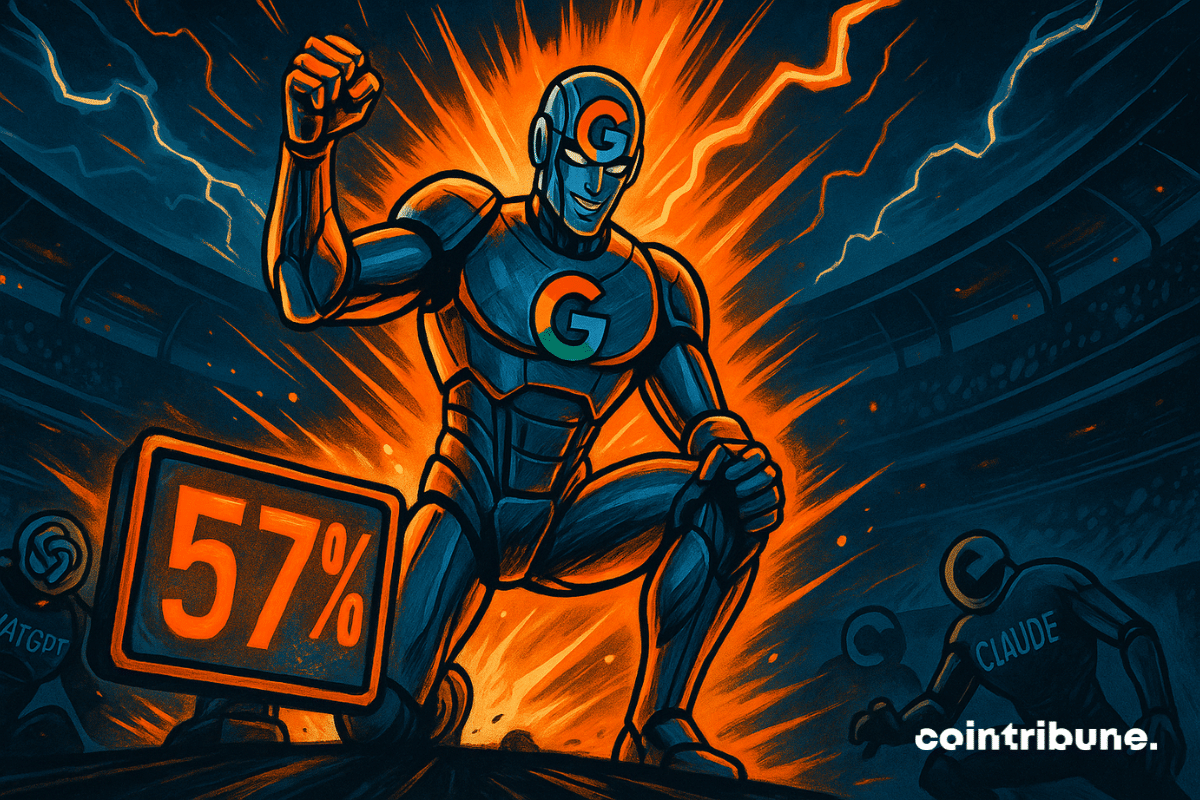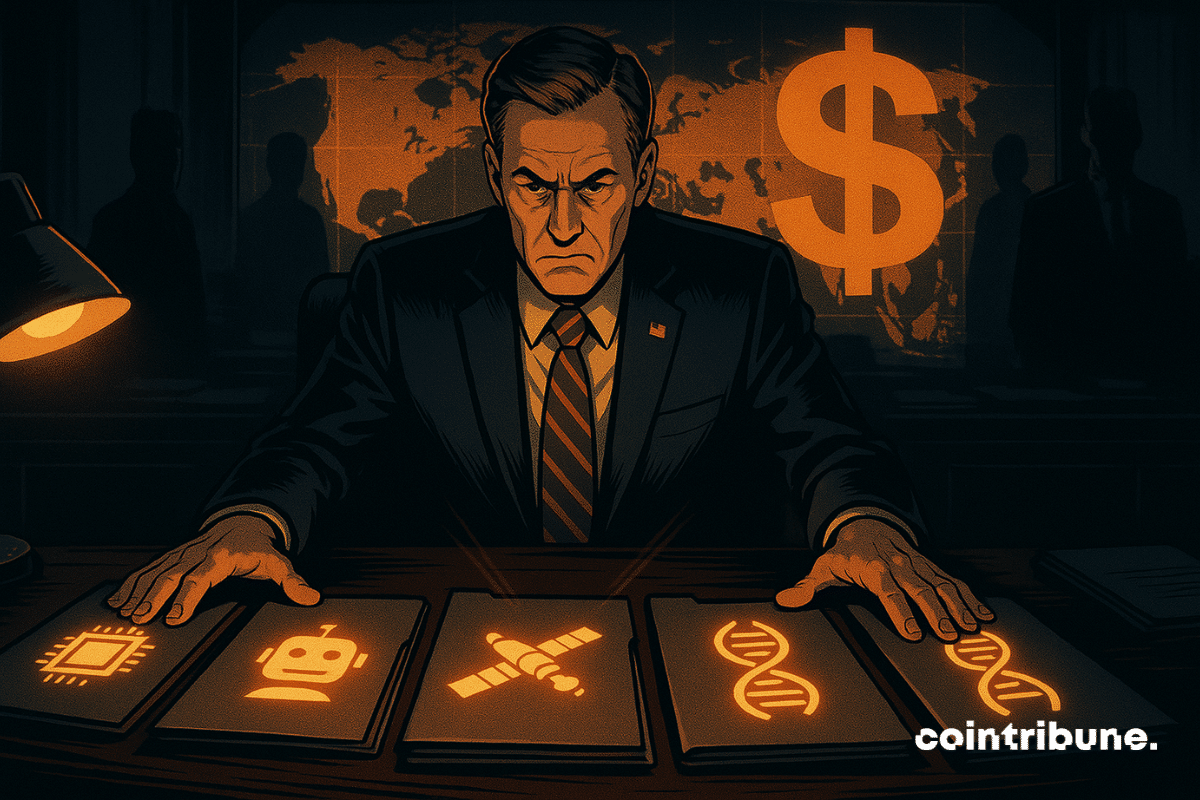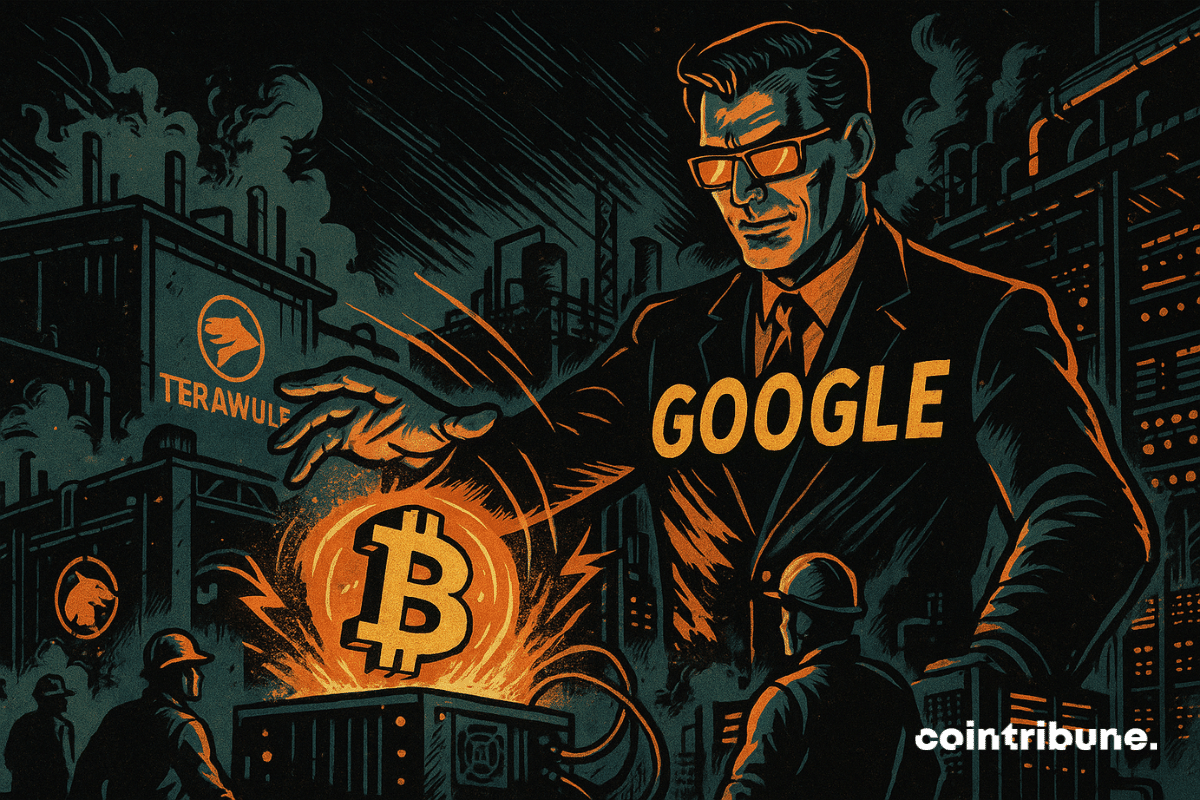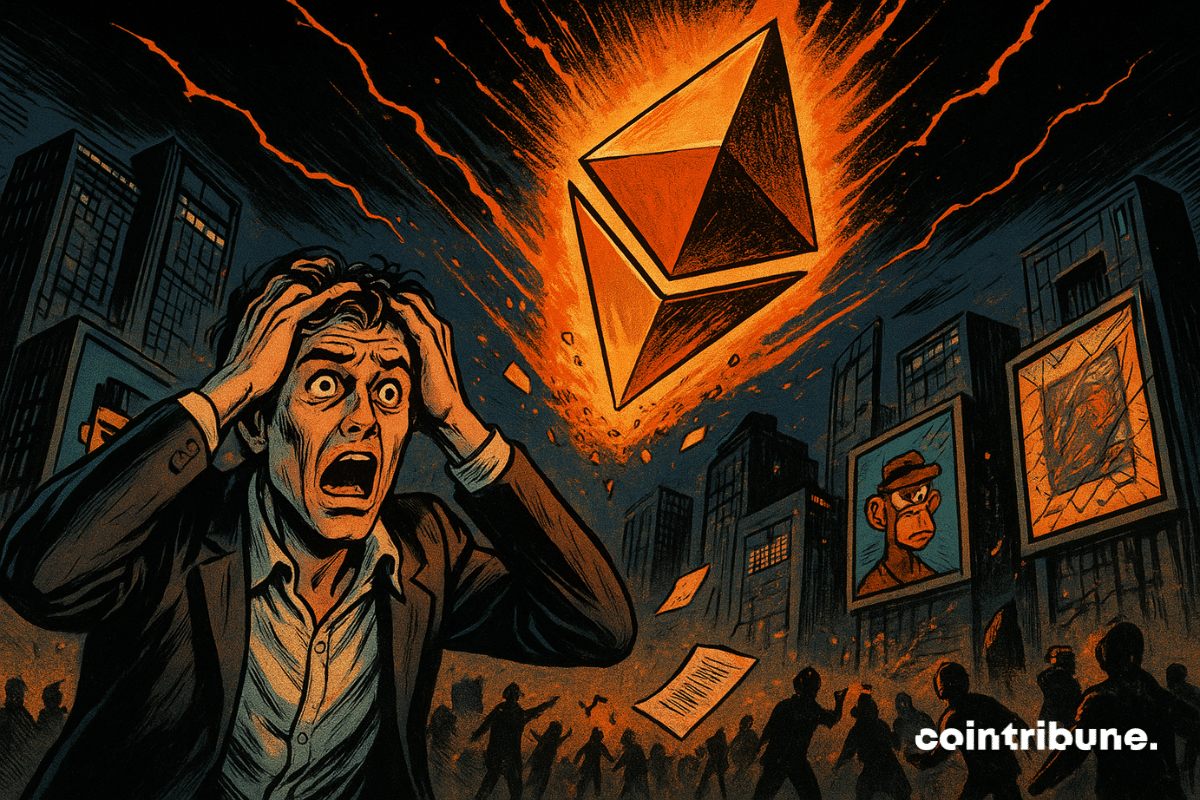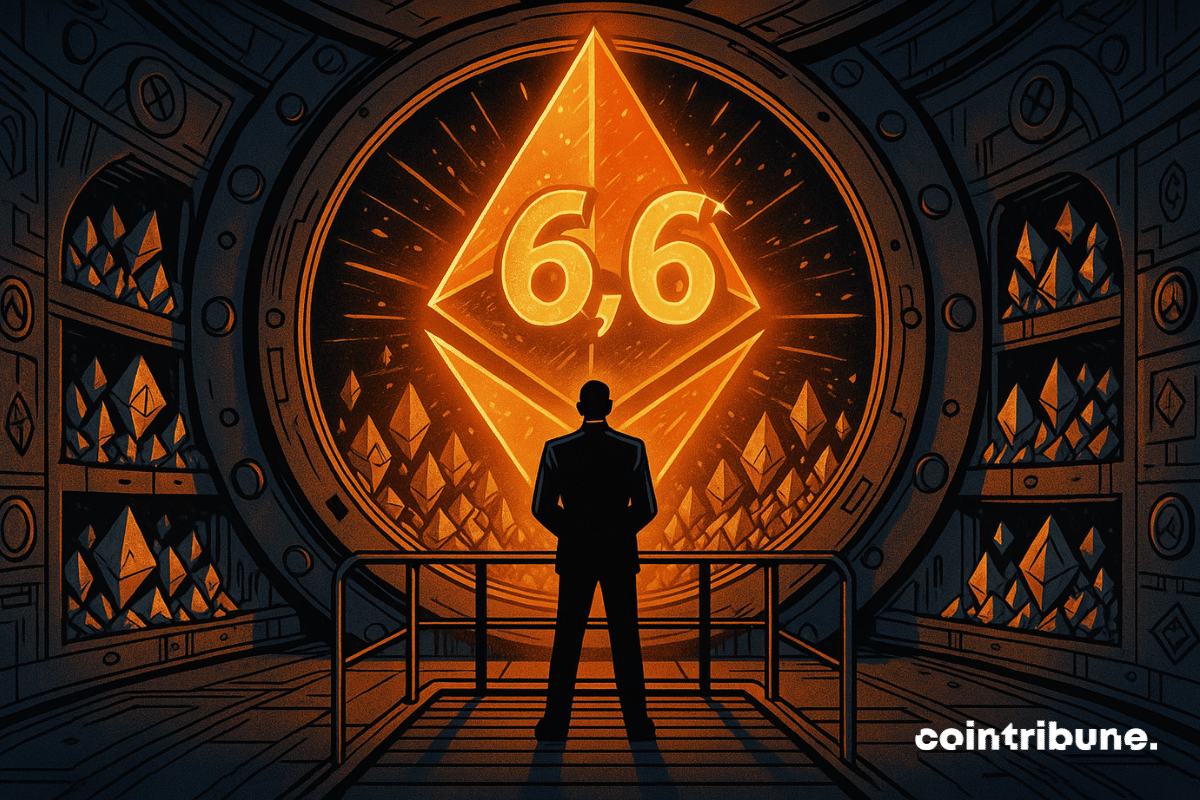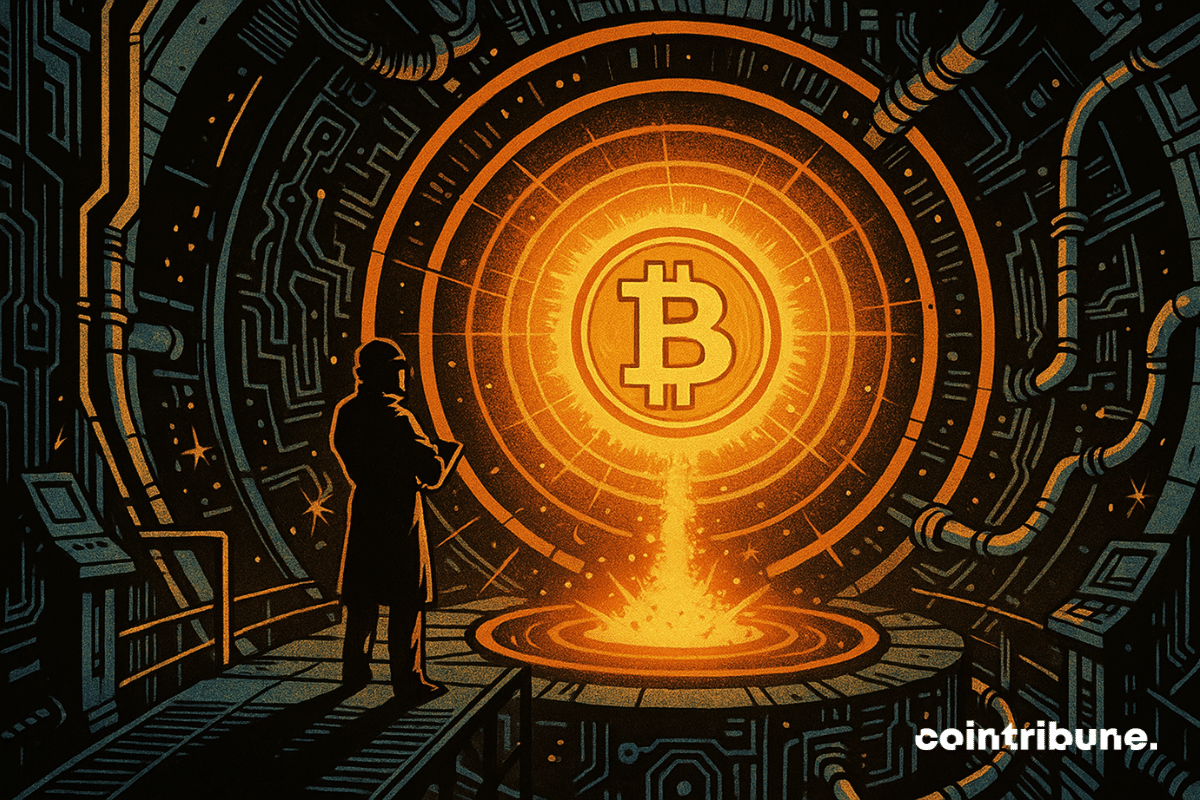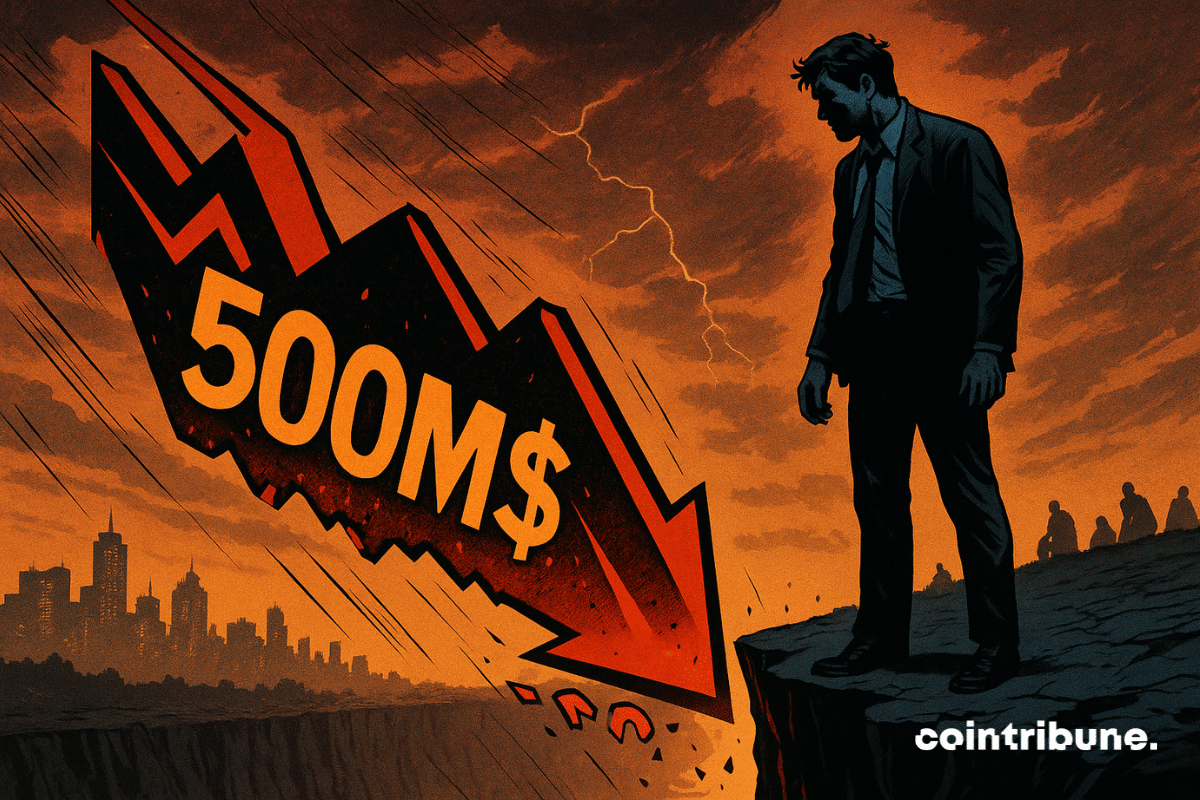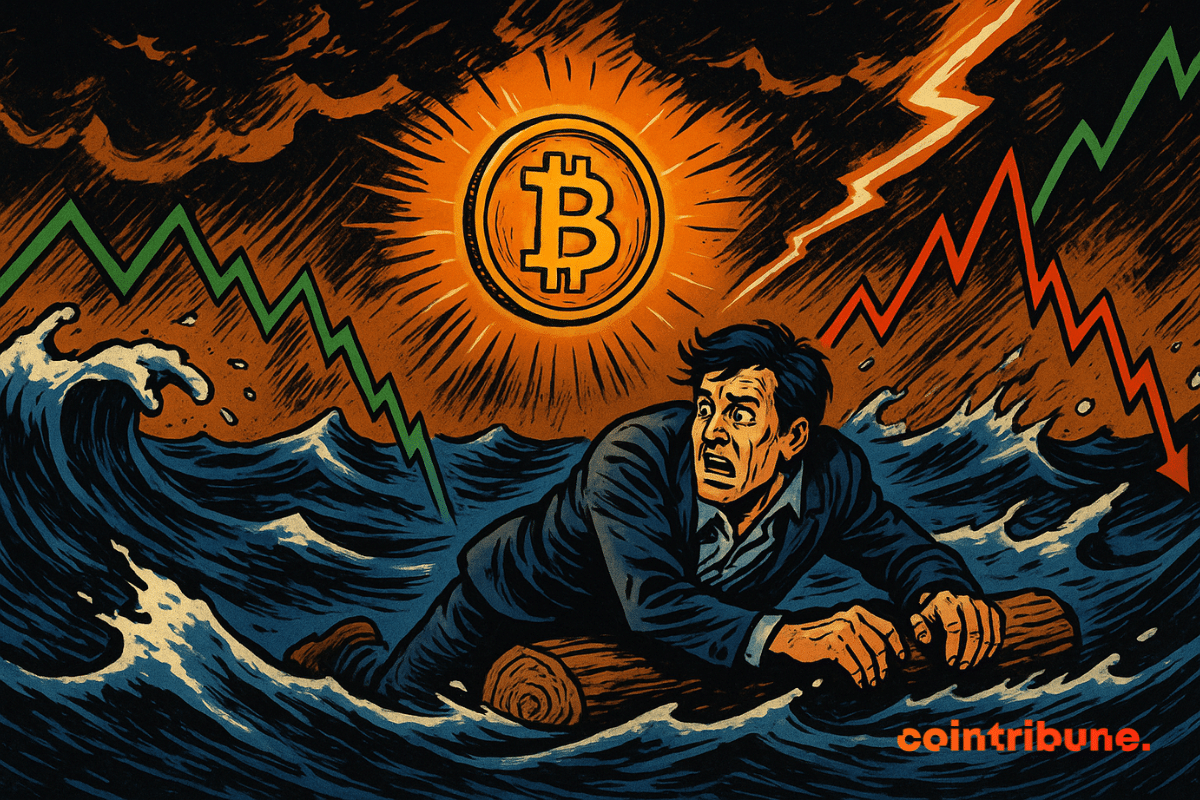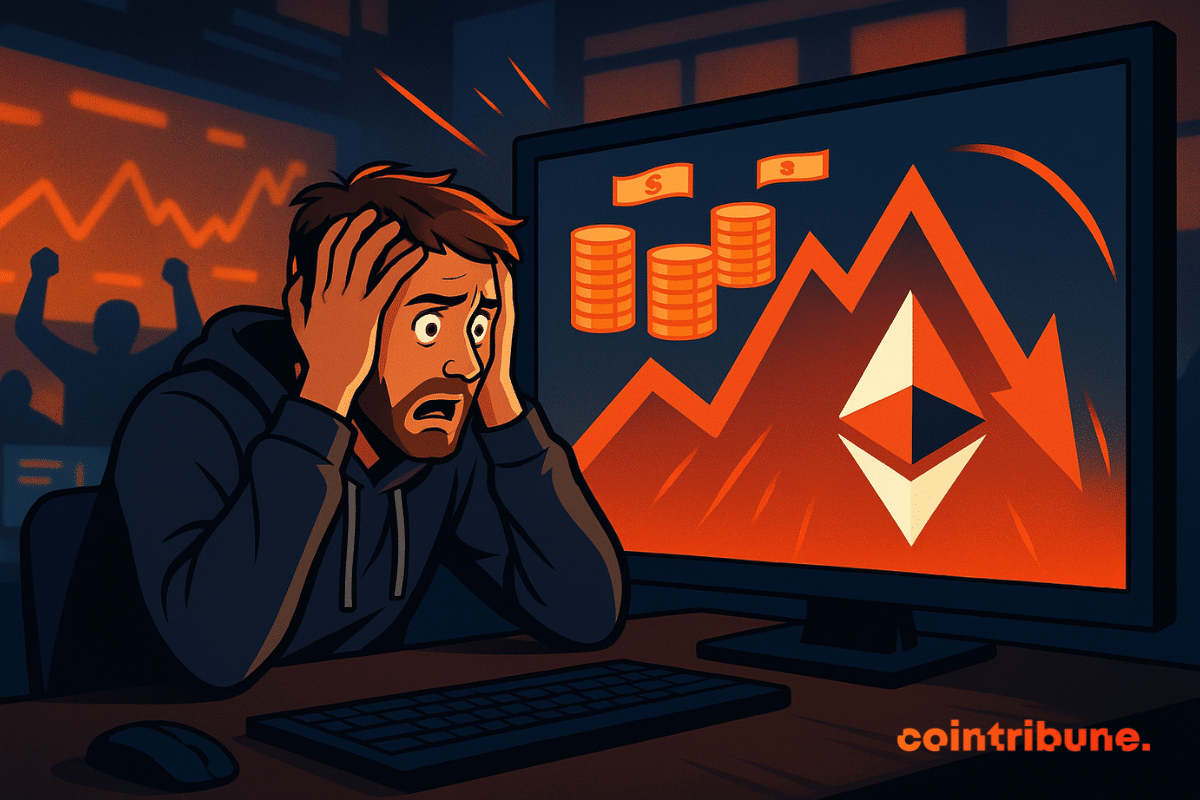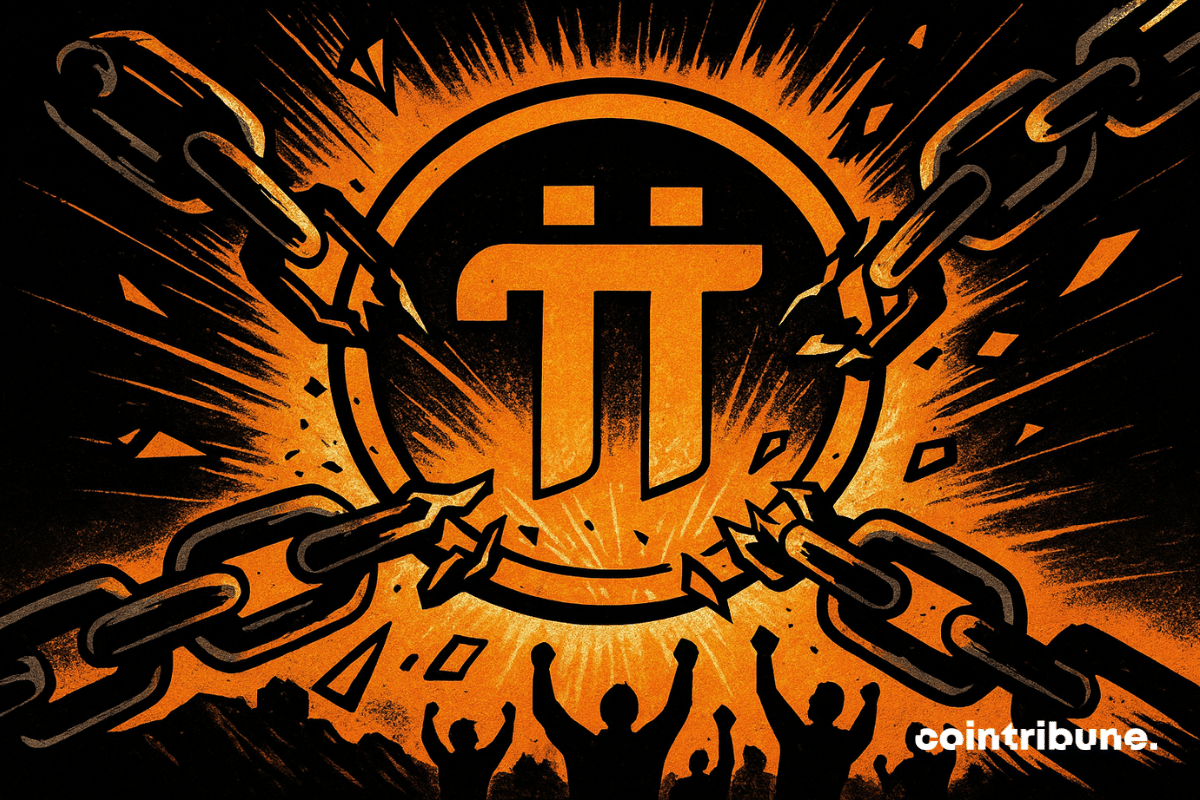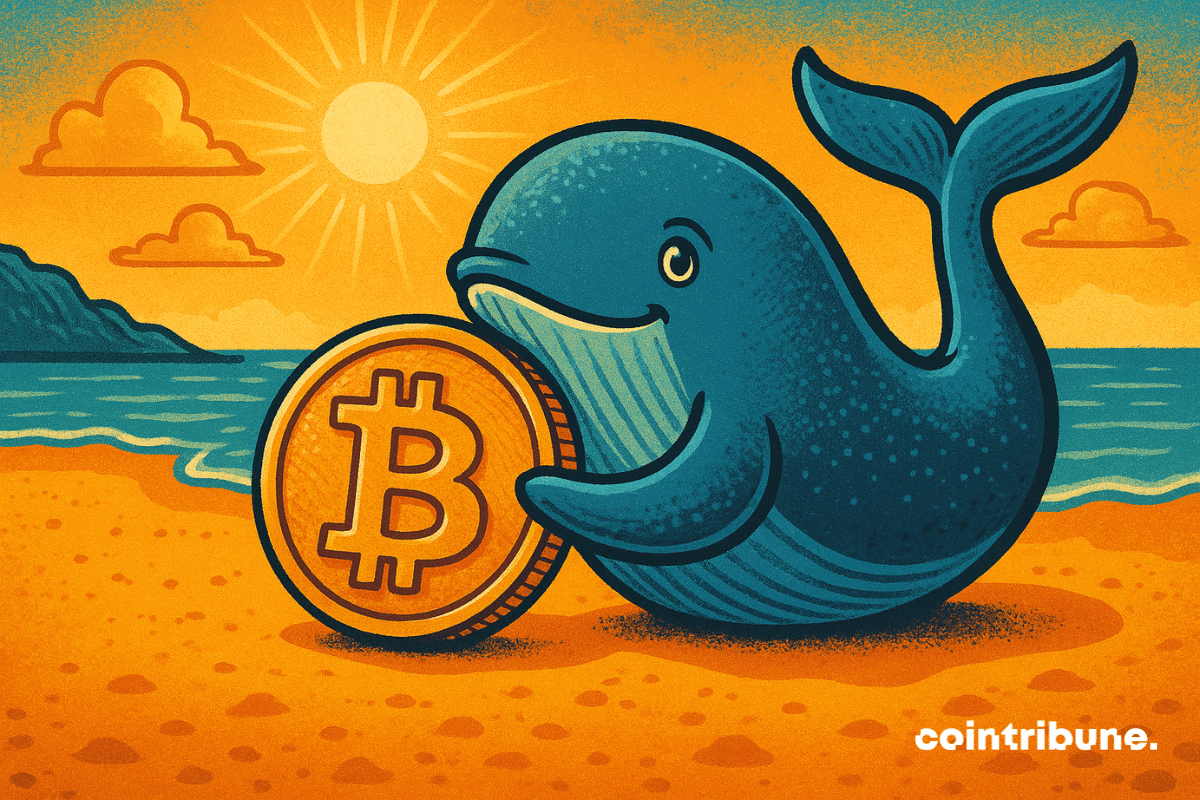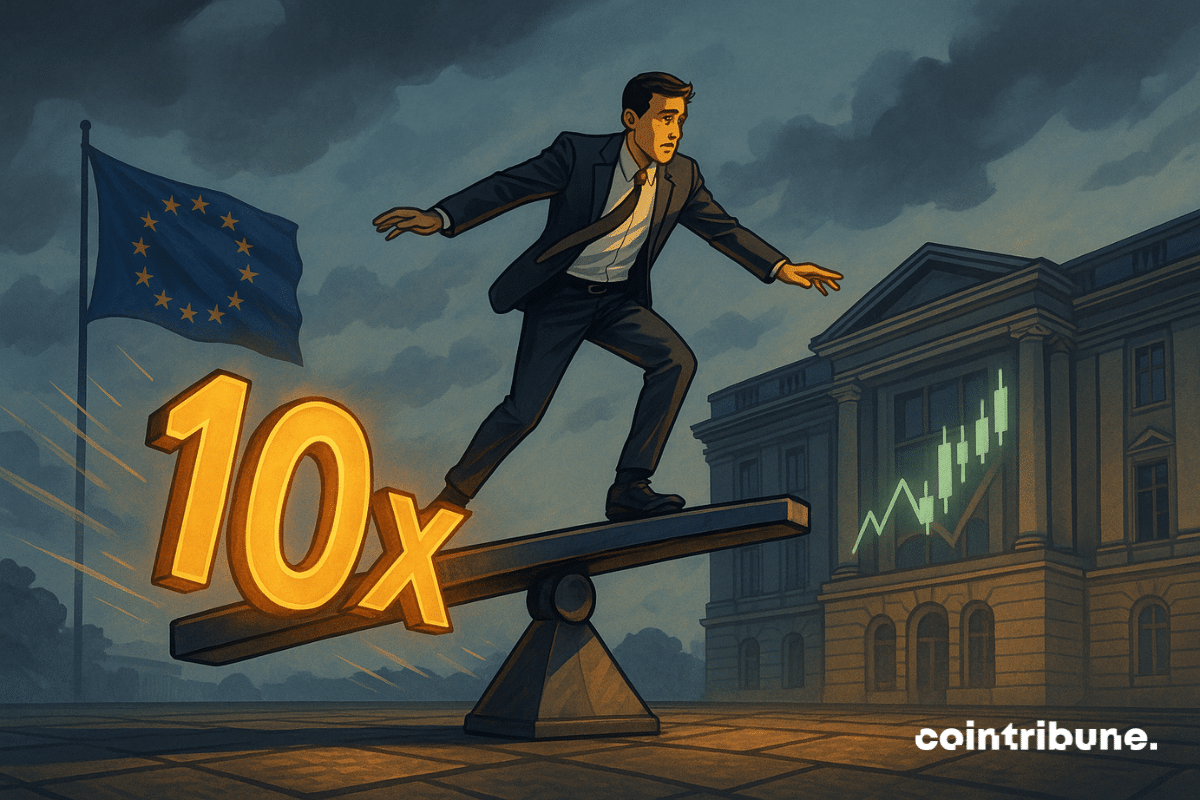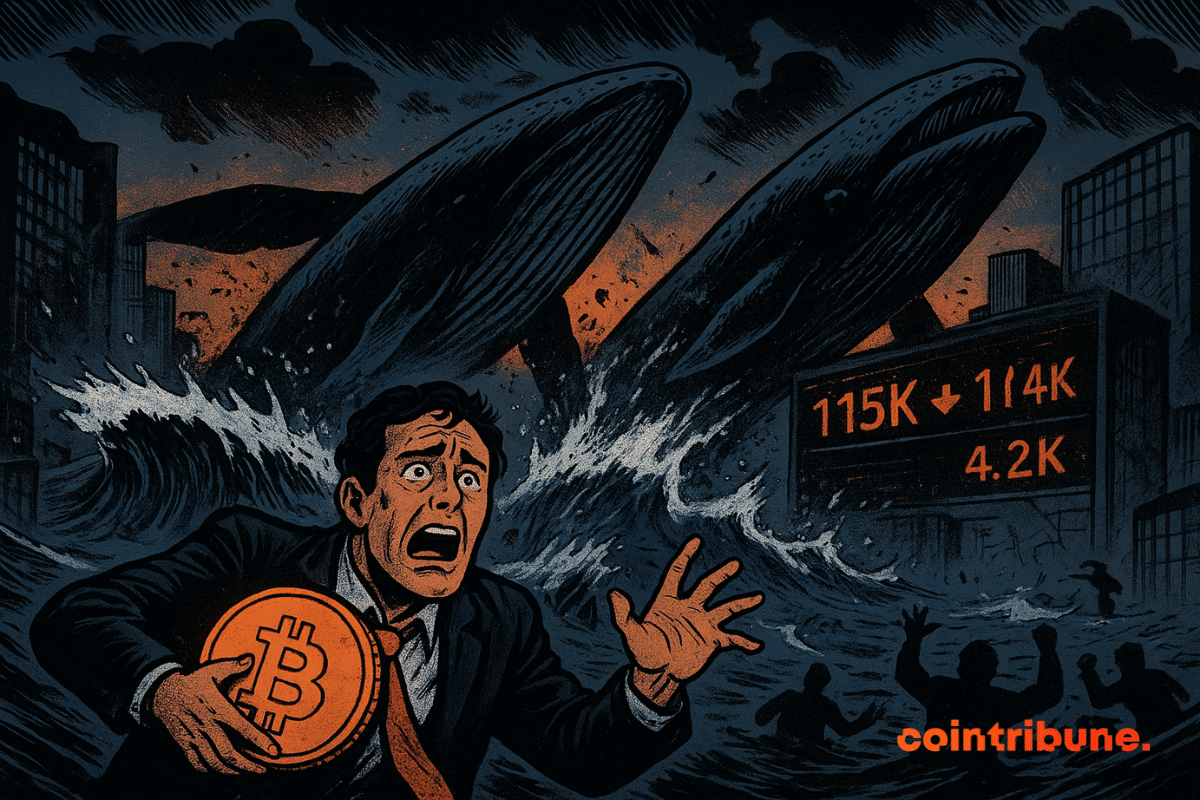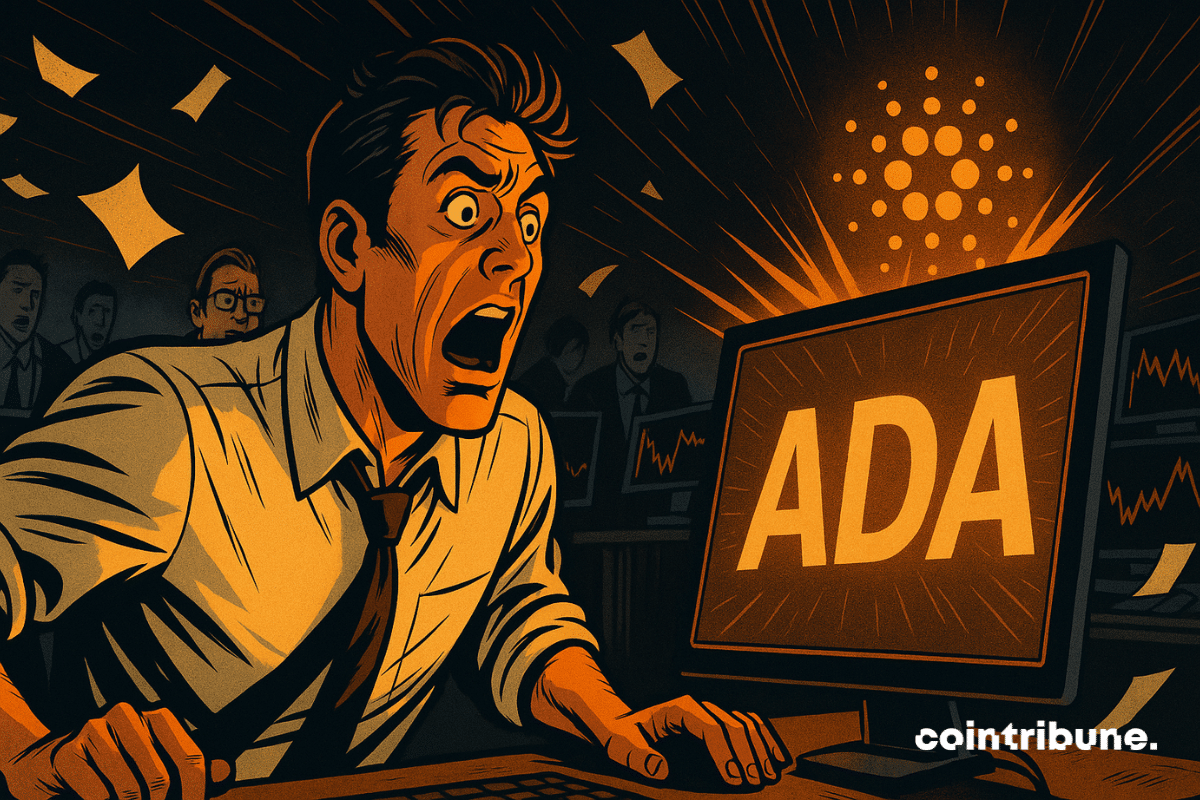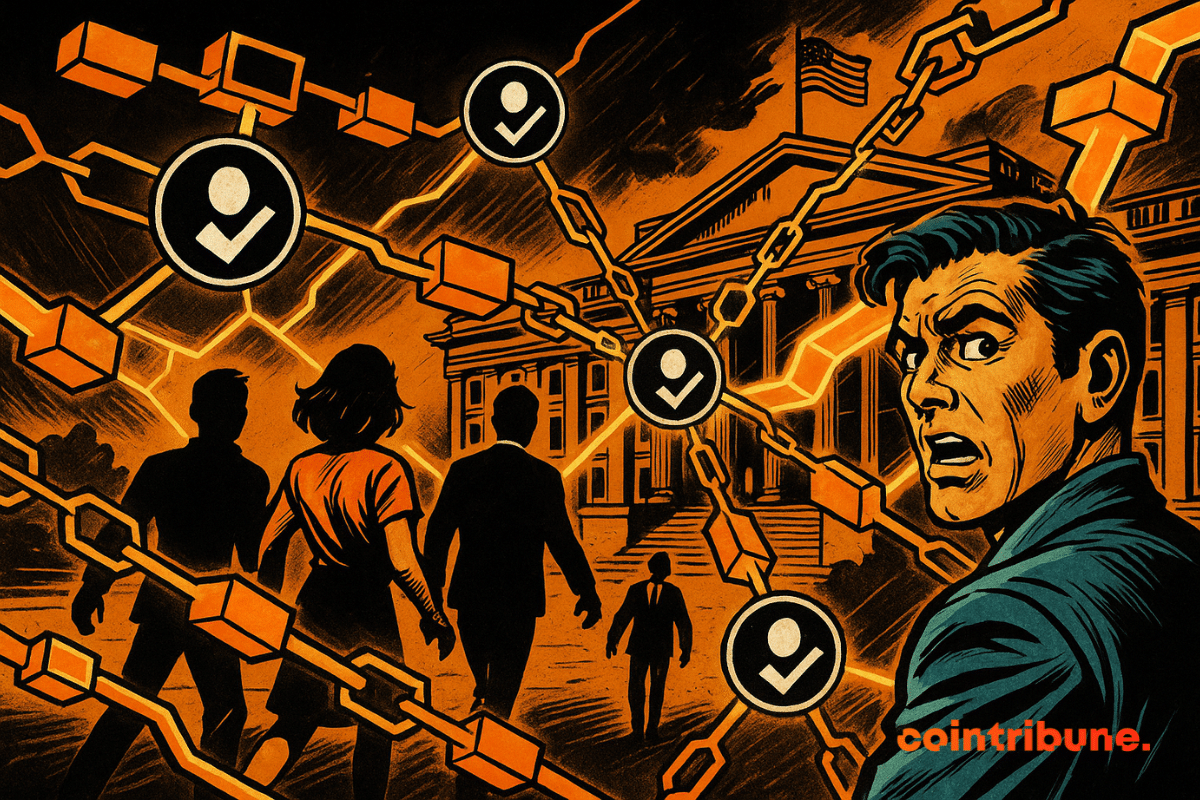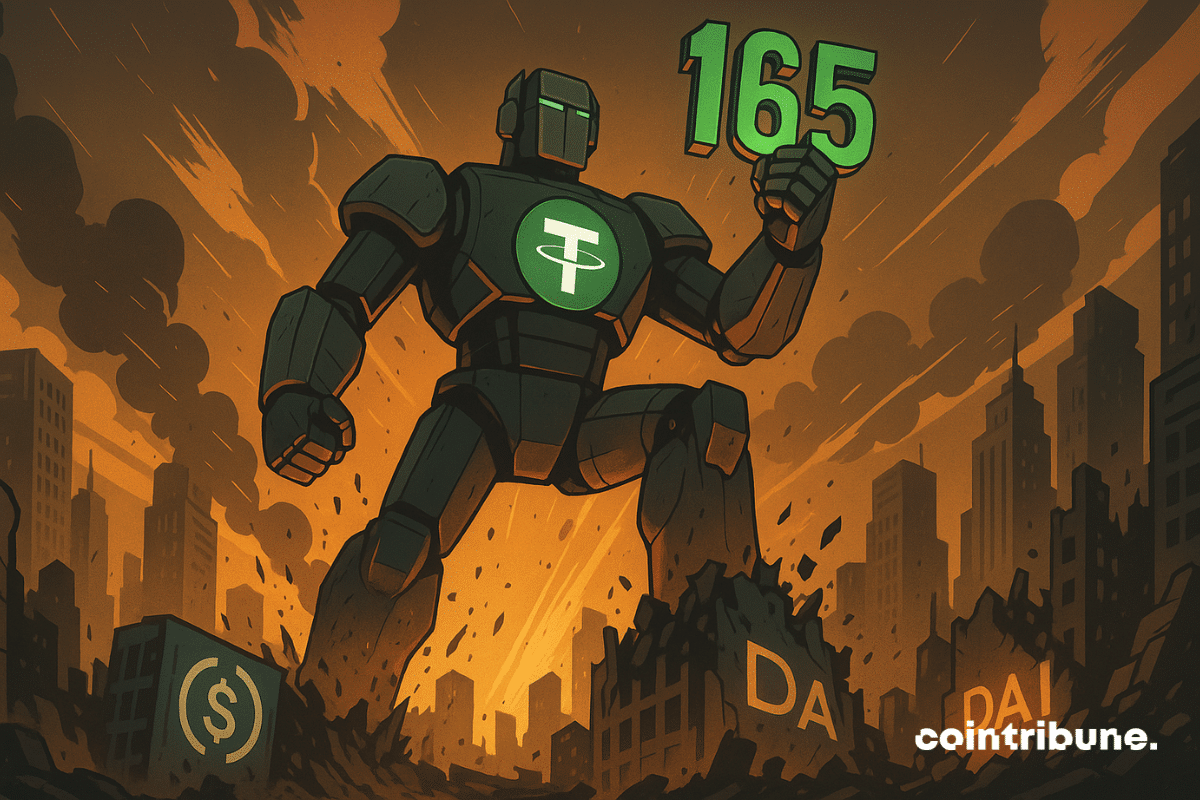Shiba Inu (SHIB) has made a significant move of collaborating with Chainlink (LINK) to develop its ecosystem. With this shift, the meme-turned-utility coin is retwisting its burn policy, ushering in a new mechanism to link all cross-chain transactions back to Ethereum. This approach ensures SHIB continues to honor its roots while branching into new territory.
News
The Frontier stablecoin has been deployed on seven blockchains via LayerZero technology. Supported by the State of Wyoming, it aims to use the income from its reserves for education, with possible redistribution to holders in the future.
Faced with a wave of critical maturities on $4,000 billion of debt, Beijing launched an unprecedented monetary response. In August, the People's Bank of China injected $1,400 billion to avoid the suffocation of its bond market. More than an emergency measure, this intervention marks a strategic turning point in managing Chinese financial flows. In a context of global tensions, this technical gesture speaks volumes about Beijing's determination to maintain control over its economic cycle.
Bitcoin dropped by 7% in a few days, just after reaching an all-time high above $124,000. Simple pause or the start of a reversal? While the market questions the strength of the bullish cycle, some on-chain indicators send a completely different signal. Behind the volatility, some well-known indicators among seasoned investors outline a possible bottom, often a precursor to a rebound.
Polkadot Capital Group revolutionizes finance by connecting Wall Street to Web3 through asset tokenization. Discover how this blockchain initiative could transform institutional markets and propel DOT into a new era of adoption and performance.
Bitcoin (BTC) is once again at a crucial crossroads after dropping below the $120,000 price mark, intensified by strong capital exits. For now, the OG crypto is hovering within the $120K rejection point and other key support regions. With the market currently consolidating, market participants are observing these levels as BTC appears to lose steam following multiple rejections at cycle highs.
What if Ethereum was quietly preparing a world where AIs talk among themselves without us? With ERC-8004, the blockchain already dreams of a permissionless Web3... no gatekeepers either.
The Web3 esport industry is about to experience a historic event with the launch of the Call of Myth tournament, endowed with an exceptional prize pool of one million dollars. Scheduled for September 25, 2025, this tournament sets a new standard in the blockchain gaming ecosystem by offering 100% free entry and qualification based exclusively on player merit.
Crypto ETFs blocked, Trump put on hold, and the SEC playing for time: behind regulatory delays, a strange political ballet resembling regulatory poker.
A solo Bitcoin mining success earned an independent miner $365,000 from block number 910,440.
Prediction markets are shaping a new landscape for artificial intelligence. While ChatGPT seemed unshakable, Kalshi data reveals a surprising upheaval: 57% of bettors now wager on Gemini to become the best text-based AI model by the end of 2025.
The US Department of the Treasury opens a public comment period until October 17, 2025, to assess cutting-edge technologies in the fight against money laundering and sanctions evasion. This approach is directly part of the implementation of the Genius Act, the historic legislation signed by Donald Trump that revolutionizes the regulation of stablecoins. But which technologies are US authorities really scrutinizing?
Qubic shifts attention to Dogecoin after gaining control of Monero’s mining, clarifying the move is about mining, not attack.
American Senator Cynthia Lummis officially introduced the 21st Century Mortgage Act, a groundbreaking legislation that would require government-sponsored enterprises to consider digital assets when assessing eligibility for single-family mortgage loans.
Google took a 14% stake in the bitcoin mining company, TeraWulf. This operation follows an increase in its financial commitment in a colocation agreement with Fluidstack. Thanks to this move, the tech giant becomes the main shareholder of TeraWulf and thus strengthens the credibility of its model between crypto and high-performance hosting.
The NFT sector lost more than $1.2 billion in market value within a week as Ether prices cooled. According to NFT Price Floor, the market capitalization of NFT collections fell 12%, dropping from $9.3 billion to $8.1 billion. The correction followed Ether’s decline of nearly 9% after recently reaching a high of about $4,700.
While the crypto market evolves in a climate of macroeconomic uncertainty, a major operation has just redefined the balances. In one week, BitMine Immersion Technologies acquired 1.7 billion dollars in Ethereum, crossing the symbolic threshold of 1% of the total circulating supply.
While mining profitability erodes and hashprice declines, the Bitcoin network records an unprecedented power rebound. On August 18, the hashrate climbed to 966 EH/s, nearing a historic peak, despite nearly zero transaction fees and growing economic pressure on mining companies. This striking contrast between economic tension and technical robustness raises questions: how does the mining ecosystem manage to maintain, or even strengthen, its security in such an unfavorable context?
After weeks of bullish euphoria, the crypto market violently corrected, revealing an underlying tension ignored for too long. In just 24 hours, over 500 million dollars of long positions were liquidated, dragging down bitcoin, Ethereum, and XRP in their fall. This brutal wave revealed the fragility of a market fueled by leverage, where technical indicators, sidelined by optimism, suddenly regain all their importance. A return to reality is necessary for investors.
Bitcoin in free fall, "hidden hands" at work, and the Fed lying in ambush: who is manipulating the market while traders play prophets?
The crypto market remains paradoxical. While Ether records a sharp drop of nearly 6% in a single session, ETFs linked to the world's second largest crypto continue to capture record volumes and inflows. A contradictory dynamic that illustrates the growing maturity of institutional investors: short-term corrections are no longer enough to slow the rush towards financial products backed by Ethereum.
While the wait around Pi Network drags on, a discreet statement from a moderator reignites hopes. Millions of users are still waiting to access their mined tokens, but a second migration to the mainnet could change the game. This signal, although unofficial, comes amid growing frustration. If it materializes, it would mark a strategic turning point for a project still locked in its mainnet, far from the promises of a truly accessible blockchain.
Bitcoin giant Strategy has added another 430 BTC to its balance sheet, according to a fresh SEC filing. The company spent $51.4 million at an average price of $119,666 per coin, raising its total holdings to 629,376 BTC, worth more than $72 billion at current market prices.
Bybit, the world’s second largest crypto exchange by volume, reaches a new milestone in Europe. The platform has just announced the launch of spot margin trading on Bybit.eu, offering European users leverage of up to 10x under a strict regulatory framework.
The broader crypto market took a tumble overnight, sending top assets including Bitcoin (BTC) and Ethereum (ETH) below key price levels. Market observation tools have linked this sudden price action to profit-taking activities by large asset holders.
Cardano (ADA) ignites the crypto market with a surge in its futures volume, reaching nearly 7 billion dollars. This bullish momentum, driven by the shadow of a potential ETF, places ADA back at the center of discussions. Towards a lasting return above 1 dollar?
Within 24 hours, new wallets have acquired nearly 280 million dollars in Ethereum, while the asset trades just below its yearly highs. This sudden accumulation, spotted by on-chain analysts, raises questions: are we witnessing a simple strategic accumulation phase or the precursor signal of a larger bullish movement?
olana is preparing to replace TowerBFT with Alpenglow, a new consensus model aimed at faster finality, stronger security, and performance closer to traditional financial markets.
When Uncle Sam plays the DeFi watchdog: he quickly slips biometric identifiers into crypto contracts. Freedom takes a hit... or two.
The stablecoin market has just passed another historic milestone with a total capitalization of 273 billion dollars. Tether consolidates its overwhelming dominance with 165 billion dollars, more than 60% of this booming sector.
